Optimal Timing for Blown-In Insulation
Determining the optimal time for installing blown-in insulations depends on weather conditions and construction schedules. Typically, late spring and early fall offer ideal conditions with moderate temperatures and low humidity, facilitating proper installation and adhesion.
Spring provides suitable weather conditions, reducing the risk of moisture issues during installation.
Fall offers cooler temperatures, which help in achieving optimal insulation settling and performance.
Summer and winter may pose challenges such as high humidity or freezing temperatures that can impact installation quality.
Installing insulation during planned construction phases ensures better integration with other building processes.
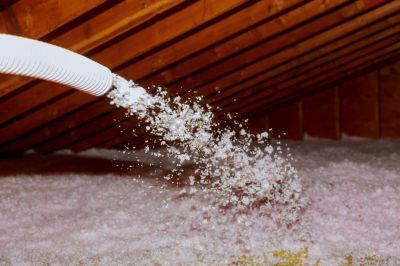
Ways to make Blown In Insulations work in tight or awkward layouts.
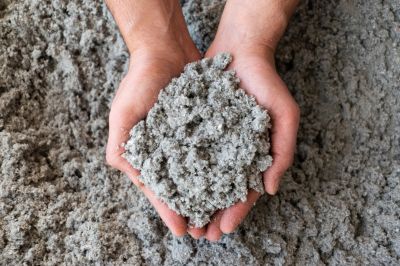
Popular materials for Blown In Insulations and why they hold up over time.
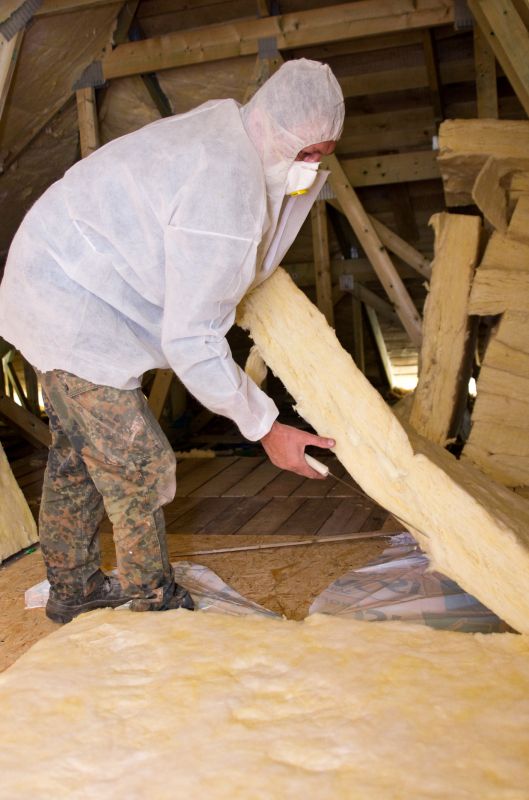
Simple add-ons that improve Blown In Insulations without blowing the budget.

High-end options that actually feel worth it for Blown In Insulations.
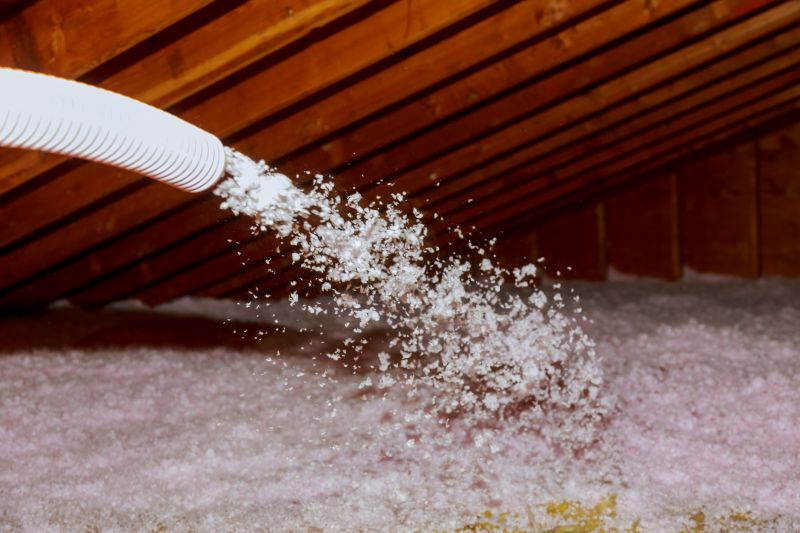
Finishes and colors that play nicely with Blown In Insulations.
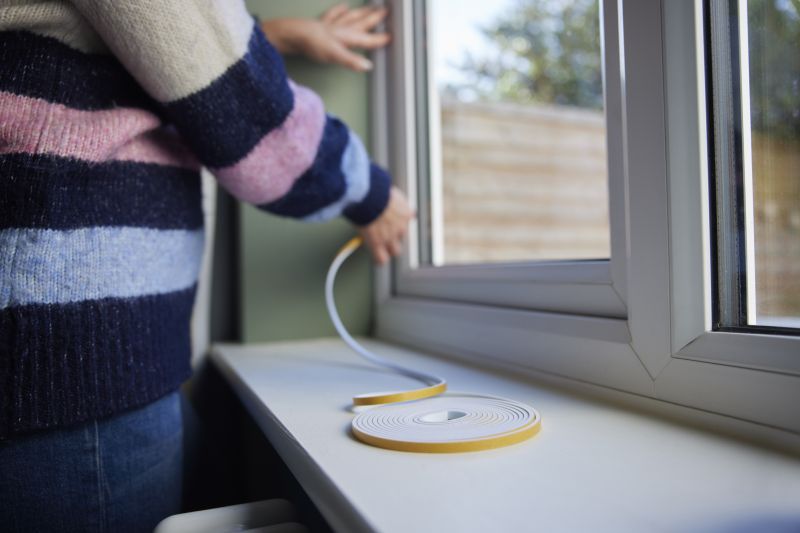
Little measurements that prevent headaches on Blown In Insulations day.
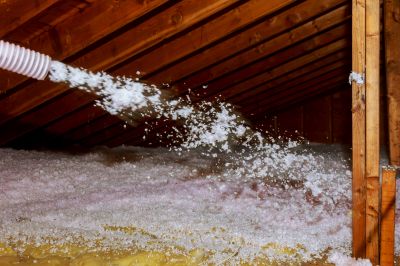
A 60-second routine that keeps Blown In Insulations looking new.
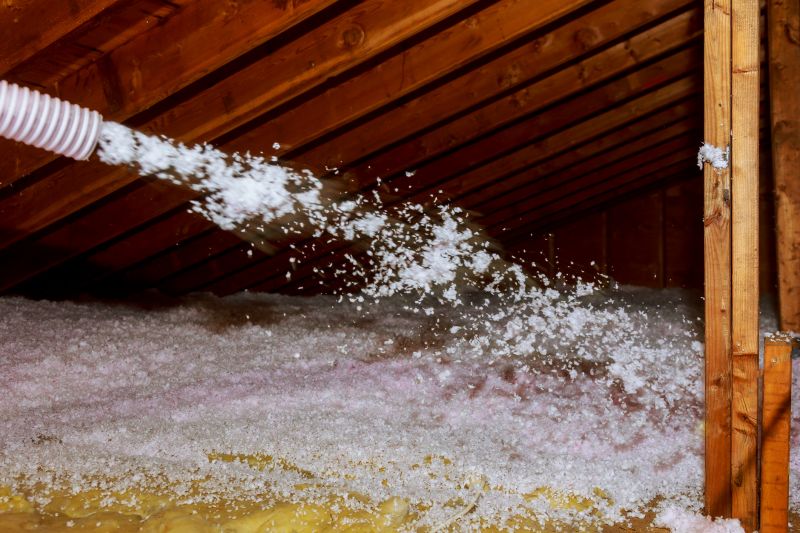
A frequent mistake in Blown In Insulations and how to dodge it.
| Season | Best Conditions |
|---|---|
| Spring | Moderate temperatures, low humidity |
| Fall | Cool temperatures, dry weather |
| Summer | High humidity, risk of moisture issues |
| Winter | Freezing temperatures, installation challenges |
Blown-in insulations are a popular choice for enhancing thermal efficiency in both new and existing structures. This method involves blowing loose-fill insulation material into wall cavities, attics, or other spaces, providing uniform coverage and filling gaps that traditional insulation methods might miss. The material typically used includes cellulose, fiberglass, or mineral wool, each offering different benefits in terms of R-value, fire resistance, and soundproofing.
Statistics indicate that proper installation of blown-in insulations can improve energy efficiency by up to 20%, reducing heating and cooling costs. It also helps in maintaining consistent indoor temperatures and reducing drafts. The installation process is relatively quick and minimally invasive, making it suitable for retrofit projects and hard-to-reach areas.
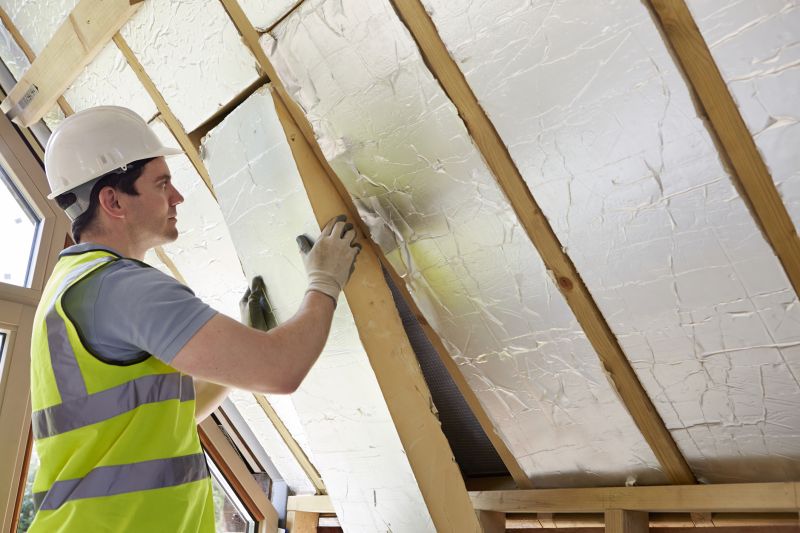
Small tweaks to make Blown In Insulations safer and easier to use.
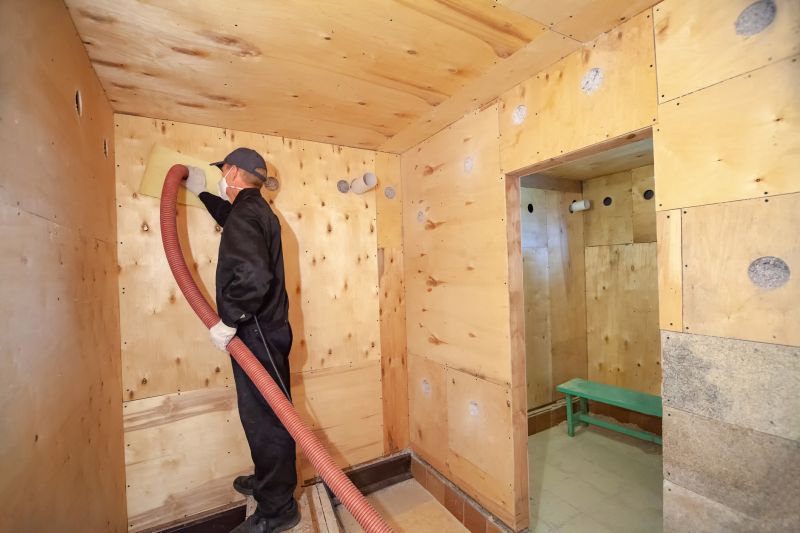
Lower-waste or water-saving choices for Blown In Insulations.
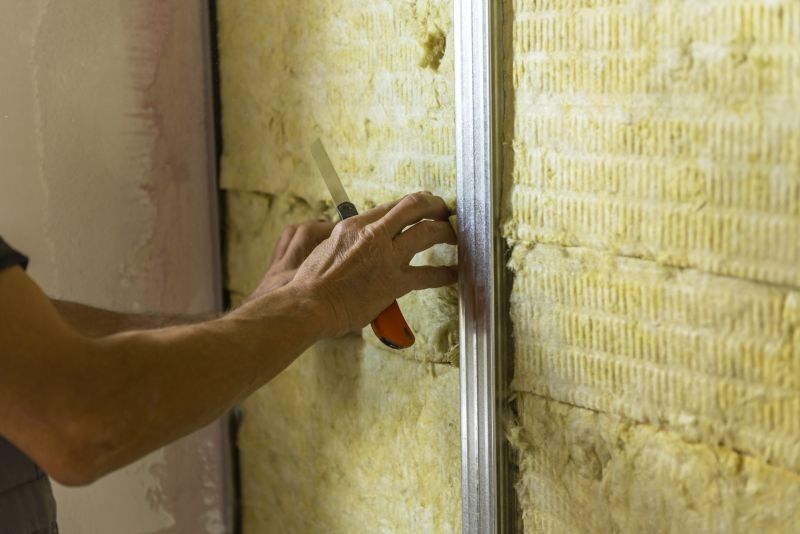
The short, realistic tool list for quality Blown In Insulations.

Rough timing from prep to clean-up for Blown In Insulations.

Quick checks and paperwork to keep after Blown In Insulations.
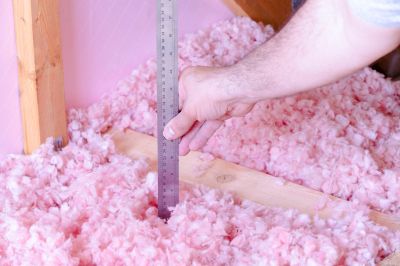
Examples that show the impact a good Blown In Insulations can make.
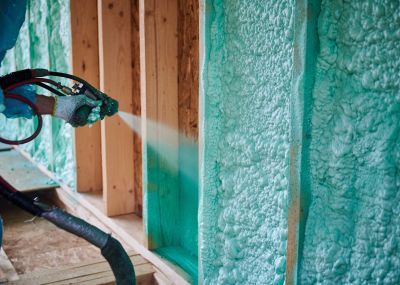
Ways to make Blown In Insulations work in tight or awkward layouts.
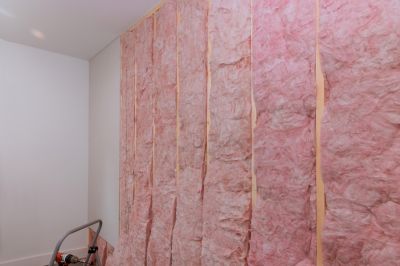
Ways to make Blown In Insulations work in tight or awkward layouts.
Interested in improving your property's energy efficiency? Filling out the contact form can provide more information about the benefits and process of blown-in insulations, helping determine the best timing and options for specific needs.
